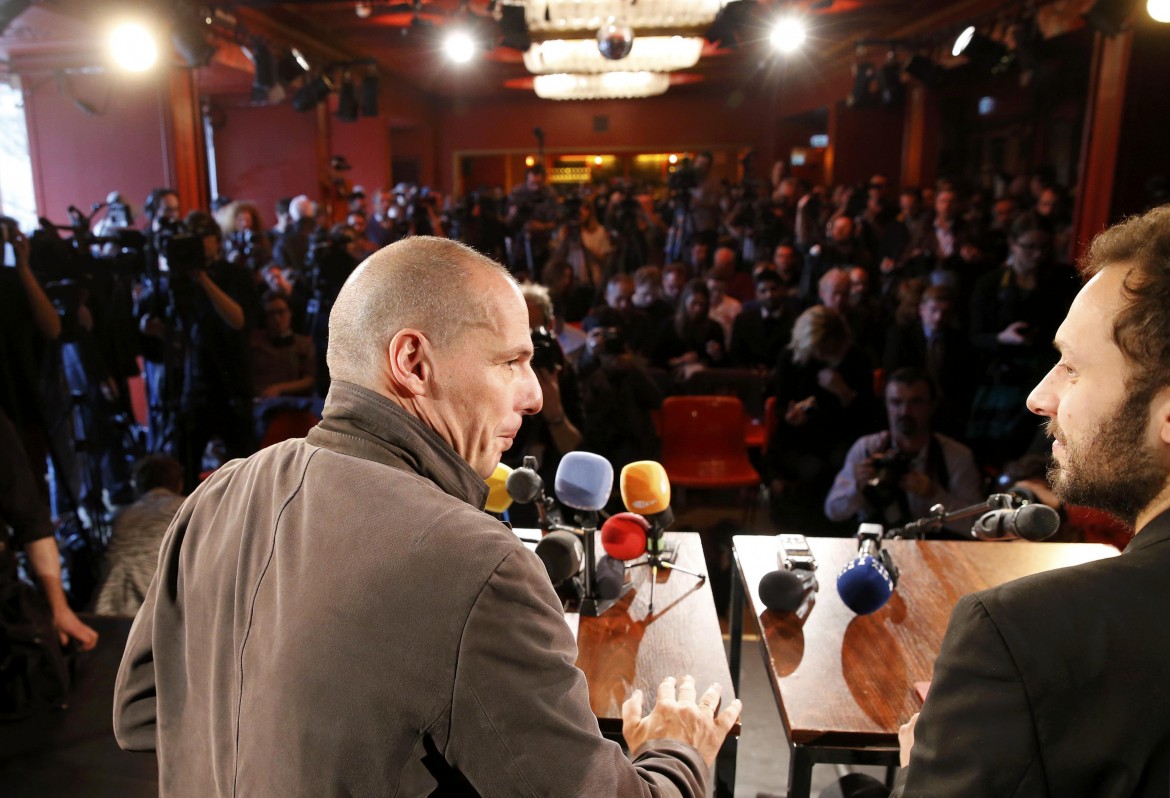Among tear gas, stun grenades, stone throwing and chants, the student protests that erupted 10 days ago, sparked by proposed tuition increases, ended yesterday in front of the president’s Union Building in Pretoria, the head of the government. The protest was part of a national movement, probably the most important since the end of apartheid in 1994.
For security reasons, Jacob Zuma did not meet with the protesters, as had been announced earlier. But he did meet with the leader of the students, the university authorities and government officials and stated later on national television that the plan to increase university fees in 2016 has been frozen.
The proposed increase of up to 11.5 percent starting next year is a consequence of the government’s decision to reduce education subsidies. The first demonstration exploded Oct. 13 at Witwatersrand (Wits) University in Johannesburg.
Since then, the protests (echoed on Twitter under the hashtag #FeesMustFall) have hit at least 15 other universities, forcing the suspensions of classes. In Johannesburg, thousands of students of Wits and the University of Johannesburg paraded down the streets and assembled in front of Luthuli House, the national headquarters of the African National Congress (ANC) to deliver their requests to the party’s Secretary General Gwede Mantashe.
At Nelson Mandela Metropolitan University (NMMU) in Eastern Cape, the police shot rubber bullets and stun grenades to disband the students. In Cape Town, 23 students were arrested Tuesday for burning tires and erecting barricades at the entrance to the University of Cape Town.
The following day, the revolt reached the Parliament building in Cape Town where Finance Minister Nhlanhla Nene was about to present the draft budget. As students broke into the enclosure of the main entrance of the building to stop the presentation, police, in full anti-riot regalia, launched tear gas and stun grenades against the hundreds of students.
The universities had sought the fee hikes, saying they were necessary to ensure educational standards. But this request found little support among the leading politicians and ignited the fury of black students.
The whole affair highlights a deeper issue in South Africa, still redefining itself in the ashes of the apartheid regime, about providing equal and guaranteed access to education. The protests weren’t brought about by political actors but rather of the general malaise of a population hoping to leave aside racial division.
Most of those taking part in the protest against the fees increases (which is not balanced out by an increase in their families’ income) who would need to quit their studies, are black students (the white students show their support).
Unemployment, poverty and inequality in access to education keeps the country’s black majority at a disadvantage, even 20 years after the official end of institutional racism. The economic and educational policies contribute to this disadvantage, to the detriment of the lower classes.
In response to the students’ fury, most of whom were “born free” — that is, born post-apartheid — the police and the ANC’s leadership shot tear gas and rubber bullets. In fact, this generated concerns at the U.S. Department of State, where officials said they are monitoring the situation.
The images coming out of South Africa now are reminiscent of scenes of the past, though certainly not as dramatic and ferocious. On June 16, 1976, police opened fire on 10,000 black students who were protesting in Soweto township against a decree to introduce Afrikaans as a mandatory language in schools.
And this was not the first protest of the year. In April, student protests led to the removal of statues of figures from the history of colonialism and apartheid. The first to go down was the statue of Cecil Rhodes (the British imperialist of the end of 1800s), which was removed from the pedestal where it had overlooked the entrance of the University of Cape Town for years.
- Originally published in Italian at il manifesto on Oct. 24 2015






